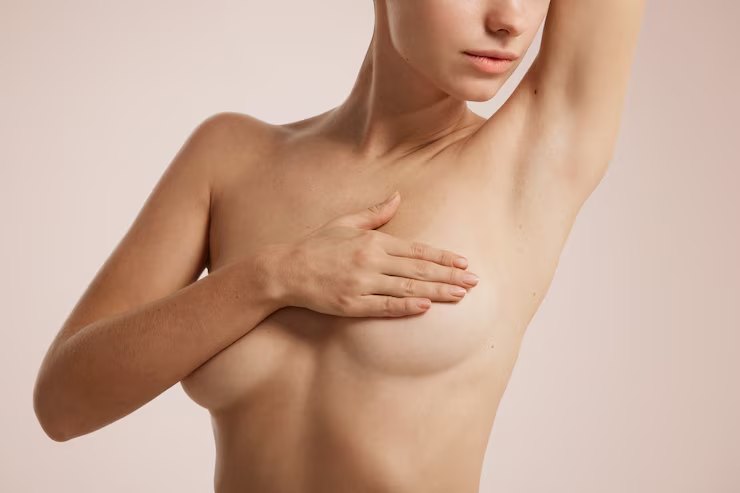Areola reconstruction is a surgical or cosmetic procedure aimed at restoring the appearance of the areola, the pigmented circular area surrounding the nipple. It is often performed as a final step in breast reconstruction after a mastectomy, but can also be done independently for other reasons.
Why Areola Reconstruction?
There are certain factors that are part of the areola reconstruction procedure. Let’s check out the part of it.
Completes Breast Reconstruction: After breast reconstruction, the areola is the final piece of the puzzle to achieve a natural-looking breast.
Psychological Well-being: For many women, the loss of the areola can impact body image and self-esteem.
Correction of Birth Defects: In rare cases, areola reconstruction may be necessary to correct congenital abnormalities.
Methods of Areola Reconstruction
There are several techniques for areola reconstruction:
1. Tattooing:
Less invasive: Often the initial step or a standalone procedure.
Customization: Allows for precise color matching and design.
Healing time: Relatively quick recovery.
Limitations: May not provide the same three-dimensional appearance as surgical methods.
2. Surgery:
Tissue Grafting: Skin and tissue from other parts of the body are used to create a new areola.
Local Flaps: Tissue from the reconstructed breast itself is used to form the areola.
Nipple-Sharing: Tissue from the remaining breast is used to create a new nipple and areola.
Implants: In rare cases, implants may be used to add volume to the areola.
The Procedure
Consultation: Your surgeon will assess your breast reconstruction and discuss your goals for the areola.
Planning: The size, shape, and color of the areola will be determined.
Anesthesia: Local, regional, or general anesthesia may be used depending on the complexity of the procedure.
Surgical Technique: The chosen method will be performed.
Healing: The healing process varies based on the technique used.
Recovery and Aftercare
Swelling and discomfort: Common in the first few days.
Scarring: May occur, especially with surgical methods.
Sun protection: Essential to prevent fading of the tattoo or grafted skin.
Follow-up appointments: Regular check-ups to monitor healing and assess the results.
Factors Affecting Results
Skin elasticity: Good skin elasticity can improve healing and results.
Overall health: Chronic conditions or smoking may affect healing.
Sun exposure: Excessive sun exposure can fade the tattoo or grafted skin.
The skill of the surgeon: A skilled surgeon can achieve more natural-looking results.
Considerations
Timing: Areola reconstruction is typically performed several months after breast reconstruction to allow the reconstructed breast to heal completely.
Cost: Costs vary depending on the method chosen and geographic location.
Insurance coverage: Many insurance plans cover areola reconstruction as part of breast cancer treatment.
Bottom line:
Ultimately, the decision to undergo areola reconstruction is a personal one. It’s essential to discuss your options with a qualified surgeon to determine the best approach for your individual needs and goals.
Would you like to know more about the psychological impact of breast cancer and reconstruction, or perhaps explore other aspects of the breast reconstruction process?
Also Read:
- Google Ads: How To Optimize Ads?
- Unraveling the Wonders of Ethereum: A Decentralized Revolution
- Navigating the IT Certification Landscape: Microsoft, Cisco, and CompTIA

